Kote-e (Decorative Relief Work on Plaster) (Oishida Town)
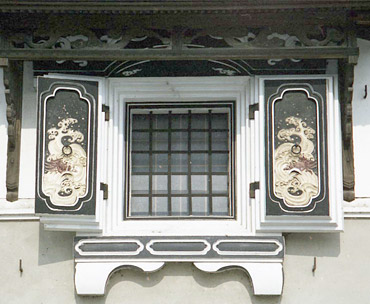
History/Outline
Kote-e relief work has been developed by plaster artisans in Oishida Town, which is known as the "Town of Artisans".
Kote-e refers to relief works by plasterers created on the walls of storehouses. Kote-e was created in Oishida Town beginning in the Meiji period (1868), as the town had many excellent artisans. Among them, the Goto Family,
who had been involved in the plaster business, spread the techniques of Kote-e. Kote-e works made by generations of artisans remain on storehouses as well as temples and shrines along the Mogami River.
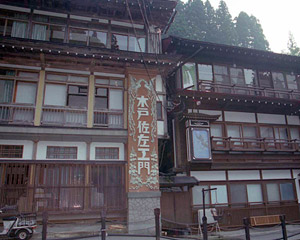
Techniques/Characteristics
Brilliant and detailed Kote-e, made using only a trowel, are the culmination of an artisan's skill.
Artisans make relief works by skillfully using a number of trowels colored white, the basic color of plaster, along with bright red, blue, yellow, and black, which are created by mixing pigments.
There are currently one people carrying on Kote-e techniques in Oishida town: Tomio Ito. However, as building design has greatly changed in recent times, the number of artisans using Kote-e techniques is decreasing throughout Japan.
There are currently one people carrying on Kote-e techniques in Oishida town: Tomio Ito. However, as building design has greatly changed in recent times, the number of artisans using Kote-e techniques is decreasing throughout Japan.
Main Products
●Various Types of Kote-e
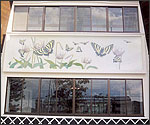
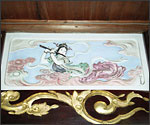
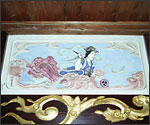
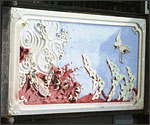
Photos provided by Oishida Town


